The Article
GOLDMARK VINYL PLATTER MAT
29th May 2024
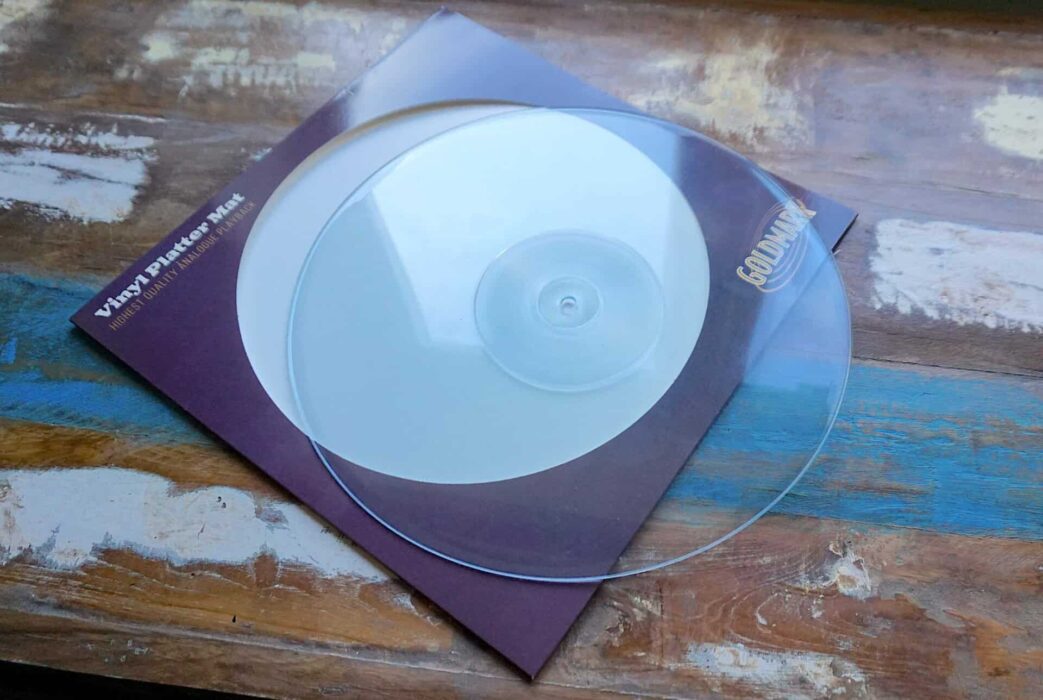
Made purely from clear, virgin vinyl, Paul Rigby wonders if this low-cost Platter Mat will enhance vinyl play
Operating for the past 16 years, Mighty Media Discs is based in Hertfordshire in the south of England. The company duplicates CDs and DVDs but also presses vinyl to order. The company will even produce sleeve art, if you fancy that. Check out the website if that side of the business is of interest, see image below for contact details.

More than that though, the company has also started to produce accessories for vinyl fans under the Goldmark banner. I took a look at this platter mat retailing at £48 (inc. VAT). You can buy the mat in two versions, either clear or featuring a strobe (you can see images of this in this review). I reviewed the clear version. I may look at the strobe version at a later date.
In my recent review of the Origin Live Strata mat review, I compared that Strata to a range of competing mat designs made from leather, cork, felt and a host of materials. Not one of of those mats was made from vinyl, though. The Goldmark platter mat is and that’s what attracted me to reviewing it.
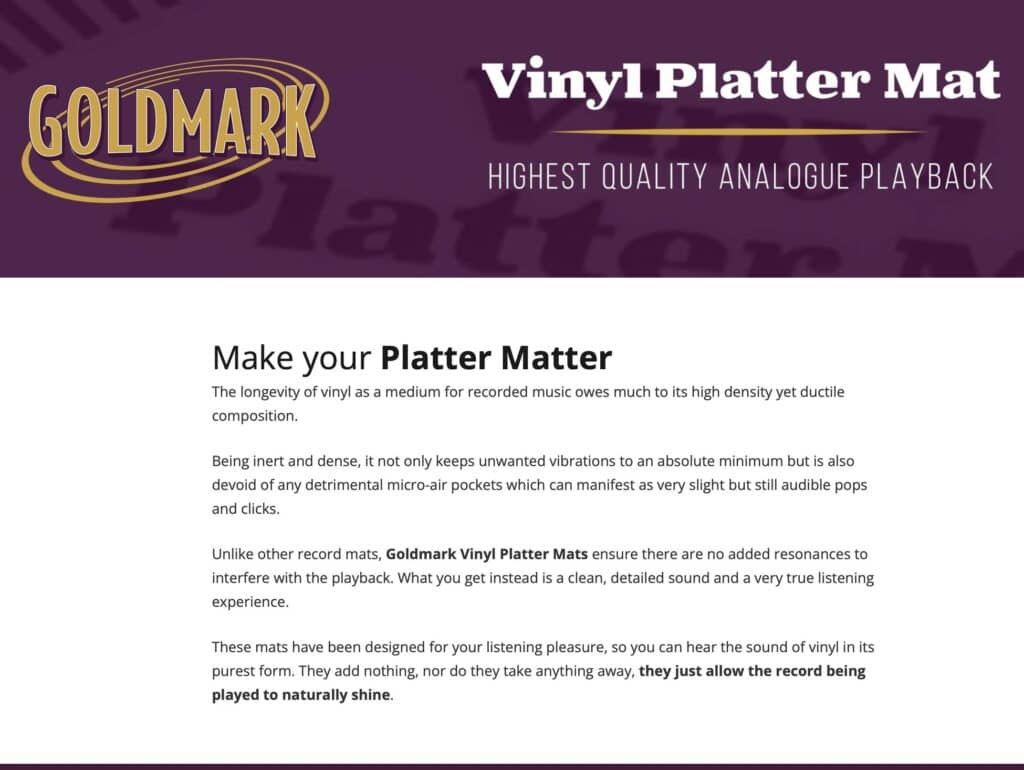
Now you might think that this mat is bound to be a winner because it’s a platter mat made from 100% virgin vinyl. Surely, it is perfect for the job then? Thing is, I know for a fact that vinyl records are full of vibration and microphony during play that doesn’t shift without encouragement so I ain’t too sure on that idea as a basic premise. Even so, this mat is not a record ready and willing to play and take a stylus, it is different from a record because it does not contain Carbon Black, the substance that makes vinyl black. It is completely clear and transparent. Also, there’s no grooves of course, it’s completely flat so, as a whole, the physical structure and properties of this disc are rather different.
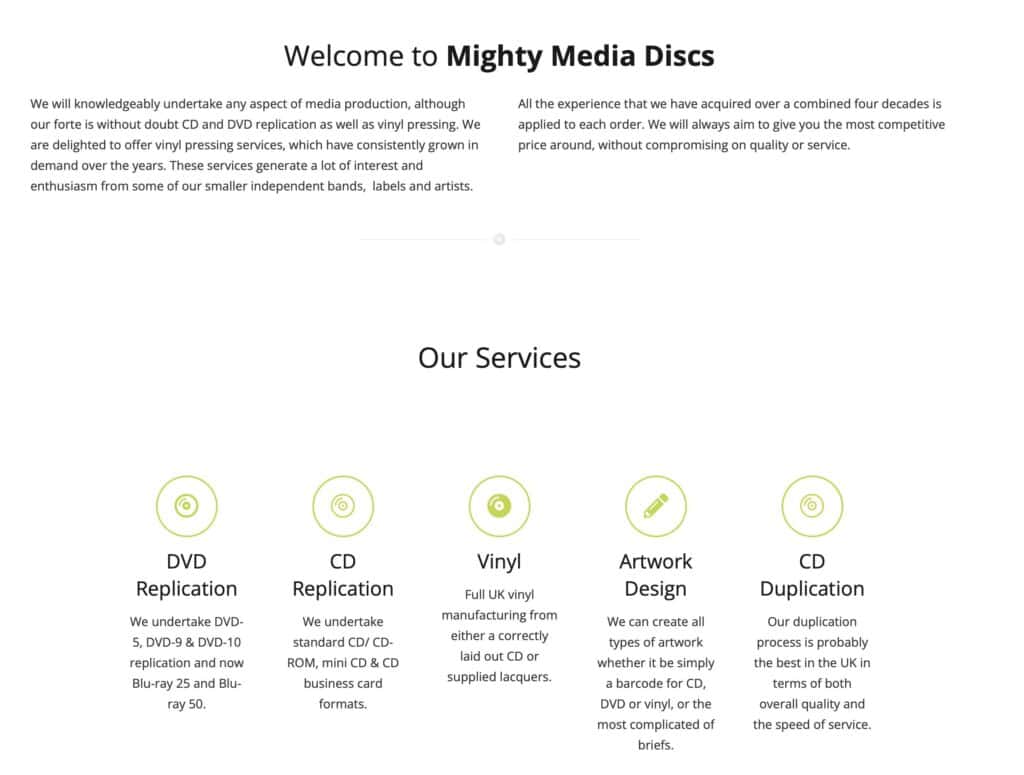
Even so, any conclusions are far from certain.
What we need to do is compare this mat with others in its price range and below. But before we do that, let’s talk about the design.
DESIGN NOTES
Apart from the transparent vinyl build option, which I like because it doesn’t impose any sort of aesthetic onto your turntable, there is a slight odd effect at the centre of this mat. It is slightly raised and I think I know why.
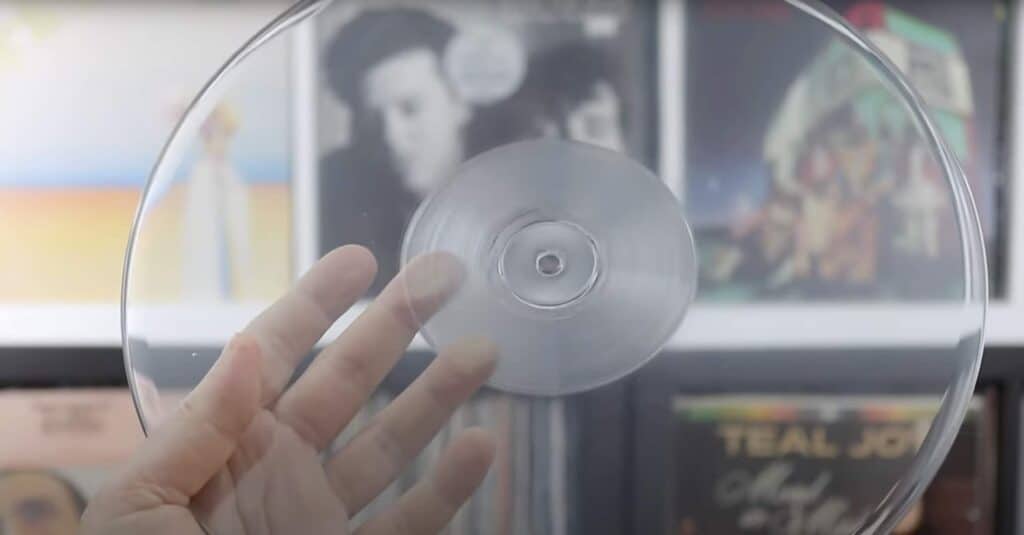
That is, there is a slight raised vinyl island in the centre of the mat. On both sides. The reason? Because this mat was made in a vinyl record pressing plant, as if it was a record. As you know, every record out there (ok, most, not all, I have some older examples which are completely flat) features a centrally raised island section to accommodate the label featuring all kinds of information such as a record label name, credits, tracks and the like. That’s how vinyl pressing machines are configured.
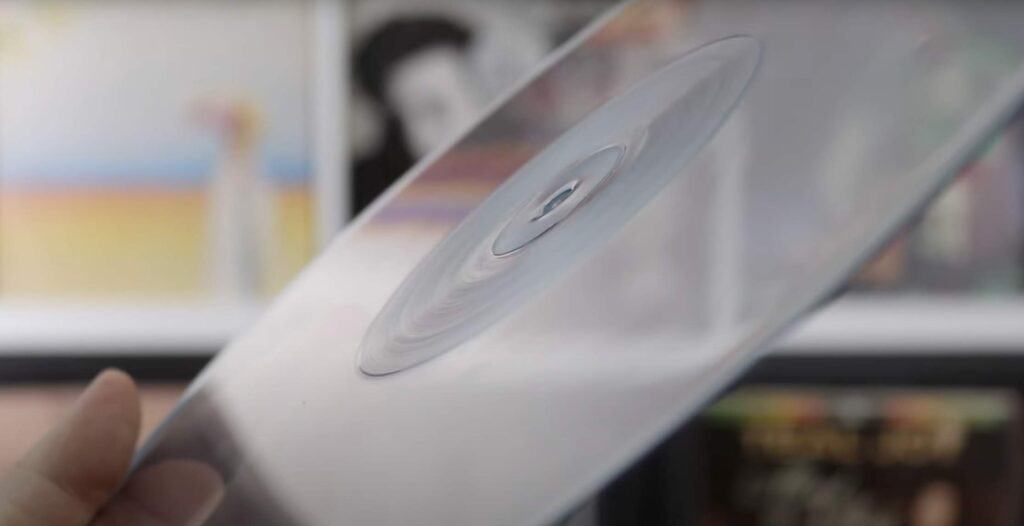
And that’s great for a record. For a platter mat, though?
During use as a platter mat, what happens is that only the central inner part of the mat, that raised area, actually comes into contact with your turntable’s platter (on the lower side) and the record itself (on the upper side). Hence, the majority of the mat never actually touches the outer areas of the platter or the record. The record tends to be suspended by that central island. The record sits on that raised platform, as it where.
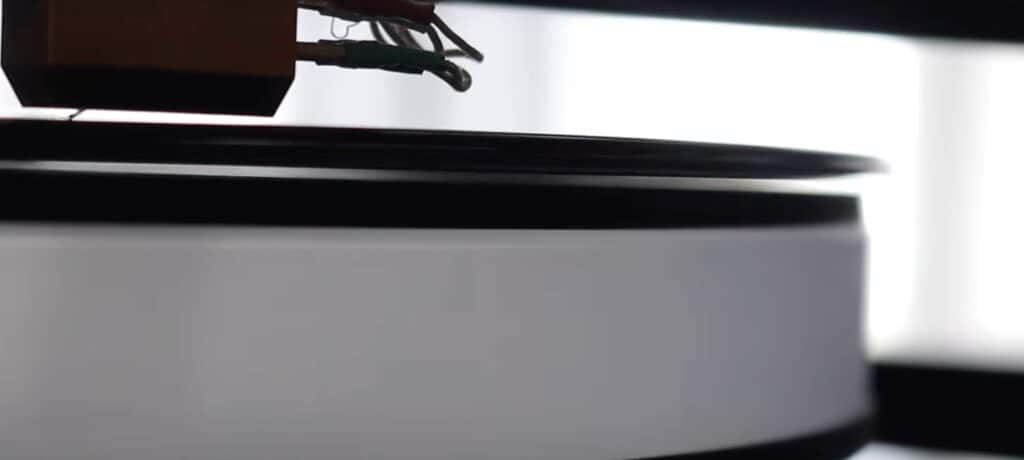
Now sure, this label platform is only slightly raised – just a tad – but I also wonder if the pressure of the arm hitting the outer areas of the record might cause a slight tipping downwards because of the arm’s force which means that the tonearm may track up a slight incline during play. The slope will be very shallow, on a micro level in fact, but it might still have a negative effect.
IS THIS A PROBLEM?
Possibly, yes. Having a stylus track a record up a slope, albeit at a tiny angle, will have an effect on what part of the groove is played and what pressures are placed upon those parts of that groove. It will also have an affect on what part of the groove is being worn and what part of the stylus is being worn.
I tested a number of records on this mat from right across history. Some new, some from the 80s, 70s, 60s and so on. Depending on how they were pressed, some records had a more or less pronounced effect, depending on the shape of their own central label which in turn will add and additional height to the problem and will increase that troubling slope I mentioned.
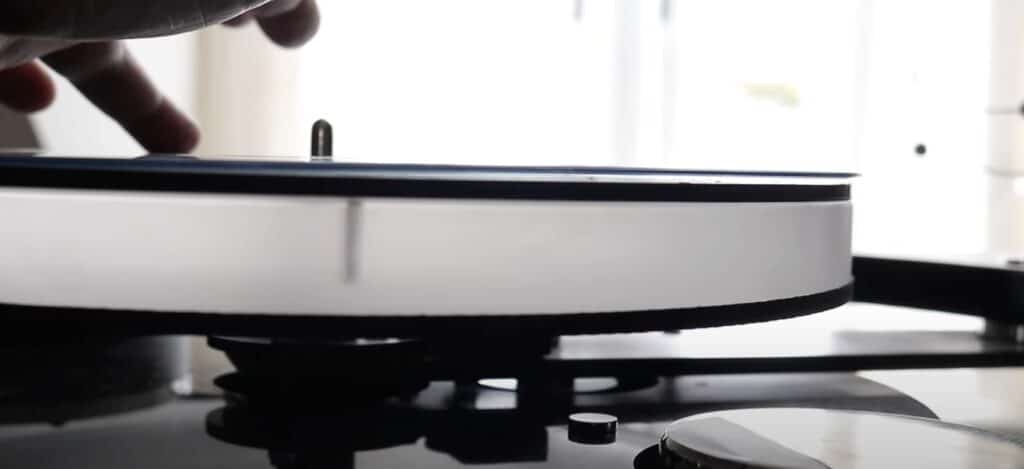
That is, you now have the height of the platter’s island underneath the mat, on top of the mat and underneath the vinyl record itself. Add the thicknesses of those three islands to the mat itself and that’s quite a platform that is being created.
CONVEX PLEASE!
What Goldmark should have done here was not to have a convex central island protruding outwards. Instead, they should have featured a concave central island to accommodate and possible record pressing errors and any chance of a vinyl record having a sticky-out label island of its own. That’s not an issue with most successful mats out there which either features a material that gives a little or, as I say, features a concave central area around the spindle hole.
Another thing that occurred with the Goldmark mat was, because of the imperfect nature of vinyl pressing, some records wobbled on Side A but were perfectly stable on Side B.
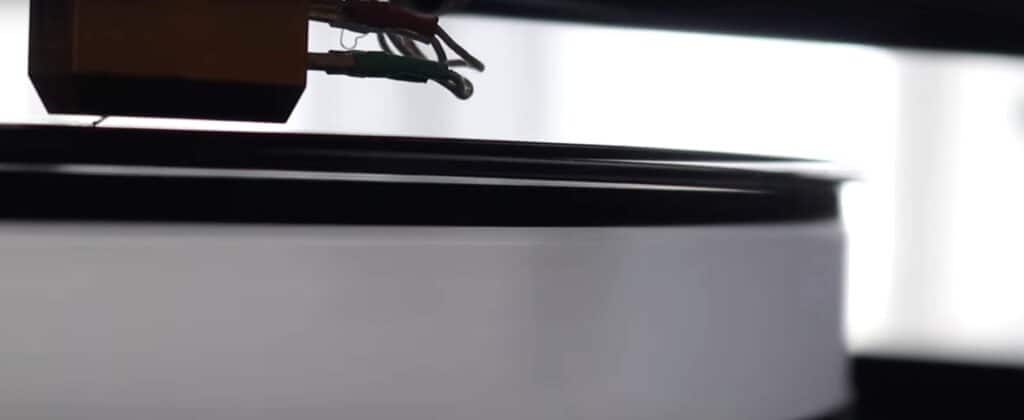
Another feature of note is that this mat is rated by the company at 1.62mm thick. At that thickness, and it’s pushing it a bit I know, if your tonearm’s height, the VTA, cannot be changed then this mat would be just about be ok for use on such designs. Saying that, though, because of the raised centre sections on the mat I’ve just talked about, above and below, that cumulative thickness is effectively pushed upwards to nearer 2mm. If the record’s own island section is prominent, that will lift the record up even further to what, maybe nearer 2.5mm, which means that VTA will need to be changed if you did decide to press ahead with this mat. I do not recommend the mat itself for use on turntables without a changeable VTA.
SOUND QUALITY
No clamps or stabilisers or whatever were used here. I just wanted the mats to speak for themselves, with no extra assistance.
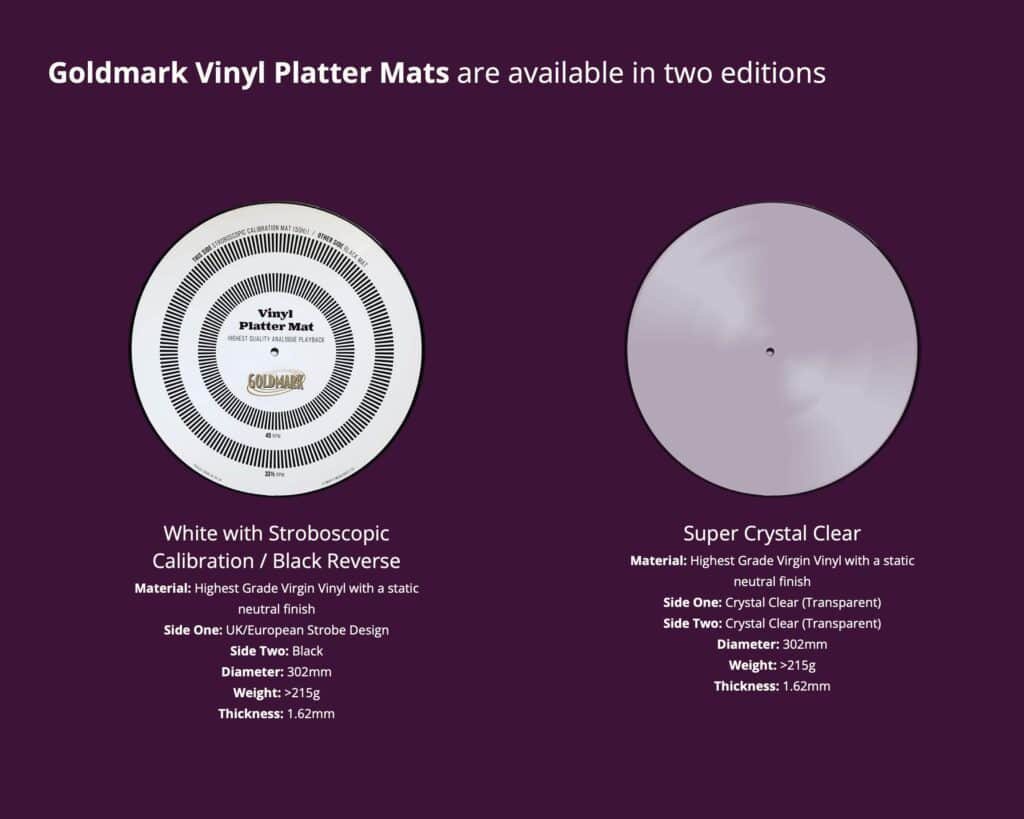
Playing a slice of Sammy Davis Jr. on the 1966 Reprise album, The Sounds of ’66 backed by a jazz orchestra lead by Buddy Rich (and what a drummer that man was, incidentally) I first compared the Goldmark mat with one of my felt mats and noticed that there was an enhancement in clarity around the midrange and treble areas from the Goldmark, especially around the brass section. I heard more air and space infused into this area which enhanced the detail, increasing tonal realism of the percussion as well as the delicacy of the cymbals.
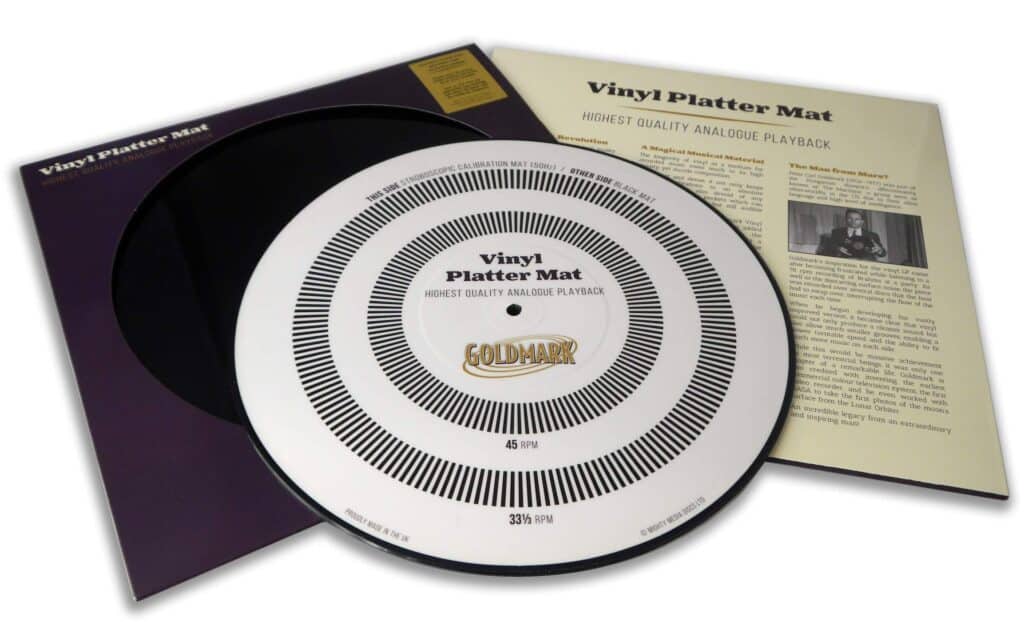
I then turned to leather which, compared to the Goldmark, was excessively damped, the upper frequencies sounding overly warm and the bass provided a slightly muffled delivery. Some users might like the comfortable, cloudy, cozy sound from a leather mat but I preferred the Goldmark and its rather more transparent performance which delivered much more detail and poise.
Next up was the cork mat and I’m a fan of cork under a vinyl LP but the Goldmark had the edge here in terms of tonal realism around the drums, especially. The percussion added extra focus which gave the bass extra mass and punch while the upper frequencies provided snap and life that enhanced clarity.
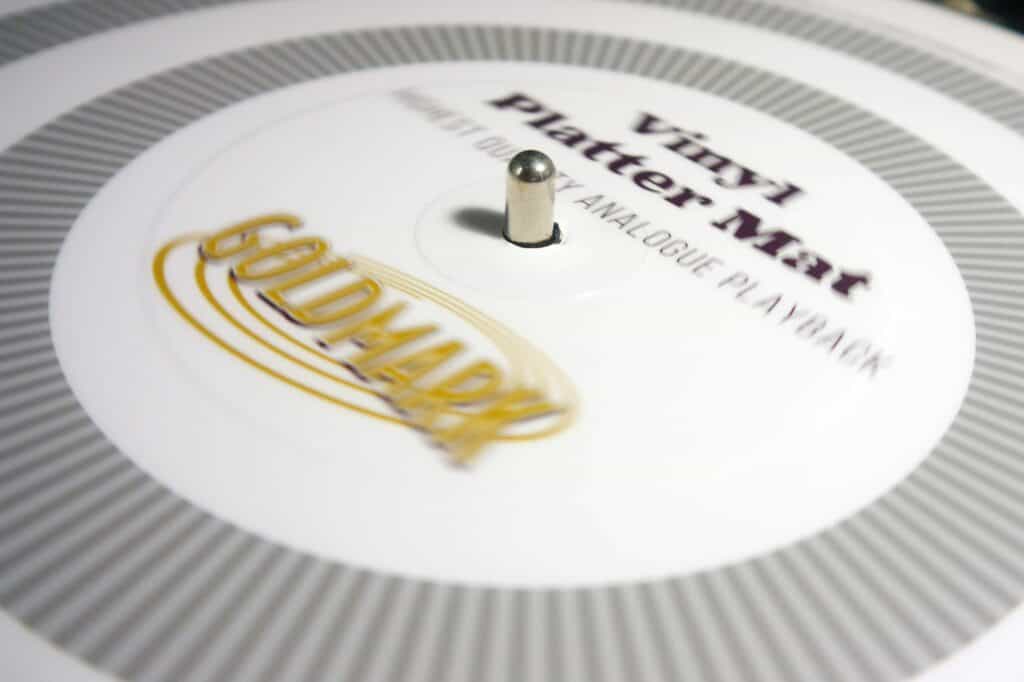
Even so, the The Goldmark was stopped dead in its tracks when faced with the Origin Live Upgrade mat. The Upgrade mat moved a rung or two up the ladder in terms of tonal realism, right across the soundstage. Brass provided more midrange and treble insight, strings had an extra metallic sheen to their twangy effects, vocals were better balanced and the noise floor dropped further giving bass extra precision. The Upgrade mat from Origin Live is also two pounds cheaper than the Goldstar mat which will be a challenge for the Goldstar. Of course, you might just prefer the look and feel of the Goldstar so it’s good that there’s a choice out there.
CONCLUSION
So let’s separate the elements of this review to be as fair as possible here. In general terms, at this price point, I was impressed with the overall sound quality of this mat. If my concerns about the Goldmark design were removed and the mat itself was modified so that central island lump was sliced off and the record offered better contact and support across the breadth of the mat itself, then it’s at least possible that the sound quality could improve still further.
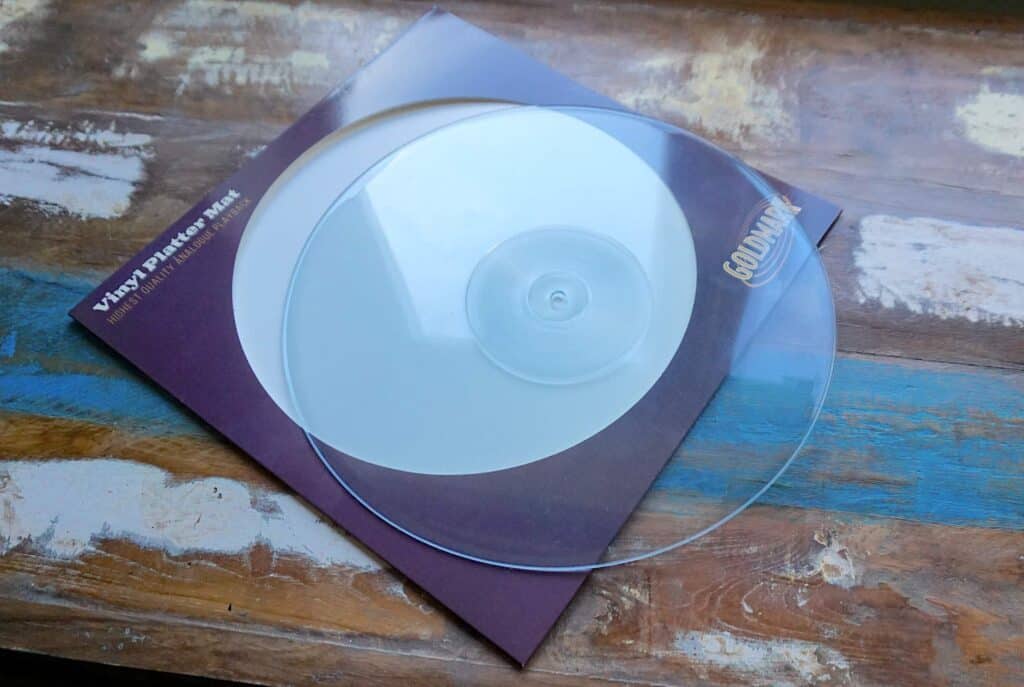
Despite my generally positive comments on the sound though, the lack of physical support for the record itself is a worry while the risk of the cartridge tracking up a slope, no matter how small, is another problem for the reasons I stated earlier.
I’m afraid, until those issues are corrected (and I have been told by Goldmark that a Mk.II is now under consideration), I cannot give this current mat a very high rating. The generally good sound quality from this mat prevents the rating falling still further. Even so, if the design could be tweaked, I would be happy to look again at this mat, it does have potential.
GOLDMARK VINYL PLATTER MAT
Website: www.mightymediadiscs.co.uk
Price: £48
GOOD: ease of use, general sound quality, novelty factor, aesthetic options
BAD: basic design problems, thickness
RATING: 6
Don’t forget to check out my Patreon Page at www.patreon.com/audiophileman, for exclusive postings and more!]
REFERENCE
Origin Live Sovereign turntable
Origin Live Enterprise 12″ arm
Icon PS3 phono amplifier
Aesthetix Calypso pre-amp
Icon Audio MB845 Mk.II Monoblock Amplifiers
Blue Horizon Professional Rack System
Harmonic Resolution Systems Noise Reduction Components
Air Audio AC-2K Balanced Transformer
All vinyl was cleaned via a Degritter Mk.II


